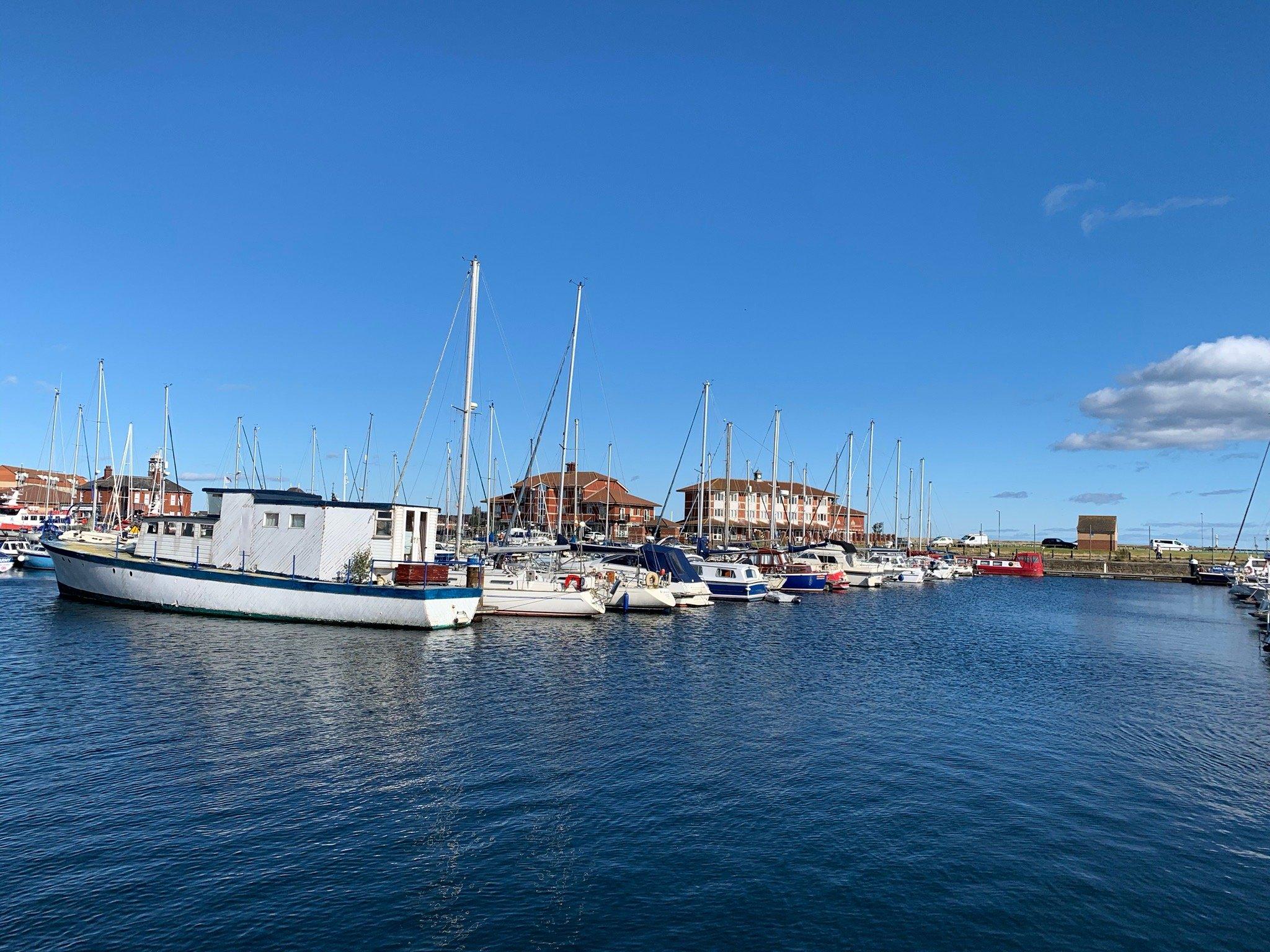Exploring the Significance of Hartlepool

Introduction
Hartlepool, a coastal town in North East England, is renowned for its rich maritime history and vibrant community. It plays a crucial role in the local economy and culture, making it an important topic of interest for residents and visitors alike. In recent years, Hartlepool has seen significant developments in infrastructure and tourism, bringing attention to its historical significance and modern advancements.
Historical Significance
The town’s origins trace back to the early medieval period, with its name derived from the old English term for ‘Hart’s Pool,’ referring to the natural harbour. Hartlepool became a prominent port during the 18th century and has a notable seafaring tradition, highlighted by the historic HMS Trincomalee, a Royal Navy frigate now serving as a museum ship, which draws thousands of visitors each year.
The town also played a crucial role during the World Wars, with its shipyard contributing significantly to naval construction. Initiatives to preserve its maritime heritage, including the National Museum of the Royal Navy Hartlepool, reflect a collective effort to safeguard the town’s historical narrative for future generations.
Recent Developments
In the last few years, Hartlepool has undergone significant changes aimed at revitalising the local economy and improving public spaces. The development of the Waterfront Renaissance project aims to enhance the seafront and create new attractions, contributing to tourism and local business growth. Additionally, the arrival of new companies, along with initiatives focused on sustainability, are expected to provide a boost to employment in the region.
Community-driven projects, such as the Hartlepool Art Gallery, offer residents and tourists a glimpse into the creative expressions that reflect the town’s character. Local events, including the annual Hartlepool Carnival, foster community spirit and showcase the rich tapestry of traditions unique to the region.
Future Outlook
Looking ahead, Hartlepool is poised for further growth, with initiatives targeting youth engagement, job creation, and infrastructure development. The town’s ability to blend its historical roots with modern advancements is a testament to its resilience and adaptability. As local leaders continue to invest in the community and promote tourism, Hartlepool is expected to continue expanding its relevance in the North East and beyond.
Conclusion
In summary, Hartlepool offers a unique combination of historical significance and contemporary growth, making it a focal point for both local residents and visitors. Through dedicated preservation efforts and ongoing development projects, the town’s stories and achievements will continue to shape its identity well into the future. As Hartlepool evolves, it remains a vital part of Britain’s cultural and economic landscape.
